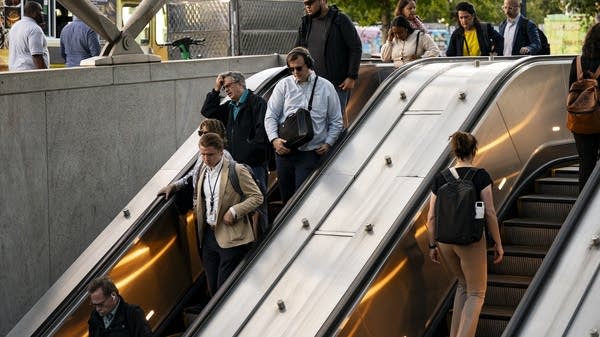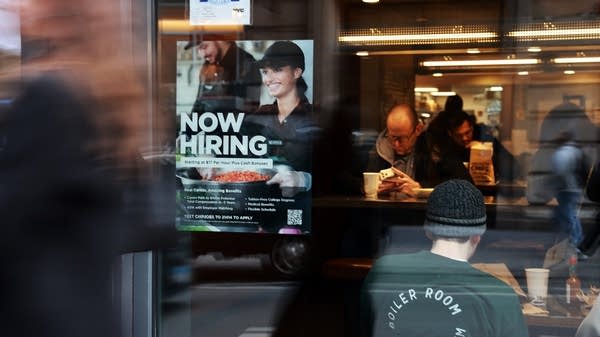The labor market is churning. Should we be worried?
Employers have laid off at least 700,000 more workers so far this year than at the same point last year.

Friday is Jobs Day. That’s when the Bureau of Labor Statistics tells us how the job market was doing in the month just ended.
This week, we’ve been getting a steady stream of data that gives us some context for Friday’s report. Thursday morning, we learned that 247,000 people filed for unemployment benefits for the first time last week — that number’s been pretty consistent for a year.
But we also learned earlier this week, courtesy of the payroll firm ADP, that private sector hiring in May? Just 37,000. That’s the weakest number in two years.
Meanwhile, layoffs are in the air. Microsoft reportedly cut more jobs this earlier this week; Procter & Gamble said it’s making cuts, too.
This morning the outplacement firm Challenger, Gray and Christmas reported that employers announced just shy of 700,000 job cuts between January 1 and the end of May.
That’s 80% more than the same period last year, and more than the first five months of any year since 2020, when the pandemic was in full effect.
All in all, the numbers suggest a rising amount of what economists call “labor churn.”
People enter and leave the workforce all the time. They graduate and get a job, or quit their current position and start a new one. Maybe they retire, or get laid off.
All of this turnover is labor churn. UBS economist Jonathan Pingle said in a healthy economy, you can think of it as being a kind of matchmaker.
“The more churn there is, in some sense, you know, the better kind of match you're going to find when you're looking for work or an employer’s looking for you,” said Pingle.
As individuals, we think of getting laid off as being really bad. But Pingle said layoffs are also a regular part of the economic cycle.
“In the healthy economy, there's still actually a pretty brisk pace of layoffs every month, but we're just replacing that with more job openings, jobs being created, and new hiring to offset it,” said Pingle.
But layoffs also come with a cost to the employers doing the laying off.
Andy Challenger with Challenger, Gray and Christmas said after companies reduce their workforces, they’ll see more employee turnover.
“Because people don't feel safe at the organization, and they also see productivity drop,” said Challenger.
Challenger said the number of layoffs that are happening at the moment has him worried.
“The type of cutting that we're seeing right now isn't something that we typically see outside of a recession,” said Challenger.
He pointed out that the job cuts are happening more to people who make more money — for example, managers — as opposed to regular worker bees.
“So far. You know, if it continues to extend, it'll likely hit the whole labor market,” said Challenger.
Not everyone is as worried.
“What we have today, I don't think is a sign of an unhealthy amount of churn,” said Stephen Juneau, a senior U.S. economist at Bank of America Global Research.
He points out that lately, the U.S. economy has been adding over 150,000 jobs on average every month.
“That's not indicative of a slowing economy. It's indicative, I think, of a stable and healthy labor market,” said Juneau.
In Friday’s jobs report, Juneau’s going be watching to see how long people are staying unemployed. Job churn’s only good when people who lose jobs eventually land in the right new ones.













